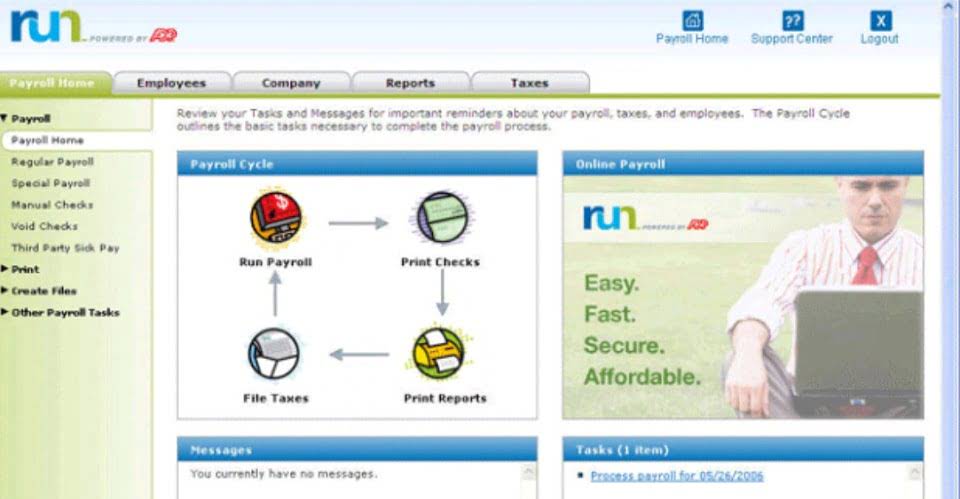Stockholder’s Equity Statement Definition, Examples, Format

From there the amounts will be taken to statement of stockholders’ equity. Let’s understand it with the help of an example, if a company XYZ has $90,000 in total assets and $50,000 in liabilities, the stockholders’ equity will then be $40,000. This balance represents shareholders’ equity reserves at the end of the reporting period which is also shown in the statement of financial position. Other gains and losses (such as actuarial gains virtual accountant and losses) that are not recognized in the statement of comprehensive income may be presented in the statement of stockholder’s equity.
Who uses a statement of shareholder equity?
Other comprehensive income includes certain gains and losses excluded from net earnings under GAAP, which consists primarily of foreign currency translation adjustments. These two accounts—common stock and paid-in capital—are the equivalent of the Capital Contribution account we used for a sole proprietorship. The easiest and simplest way of calculating stockholders’ equity is by using the basic accounting equation. A statement of statement of stockholders equity stockholder’s equity shows the amount at the beginning of the period, changes that occurred during the period, and its amount at the end of the period for each component of equity. The employee stock ownership plan (ESOP) gives employees’ rights to shares.
- Often, this summary is accompanied by income statements and cash flow statements to provide a full picture of the company’s financial situation.
- A statement of shareholder equity is a valuable tool for gauging the health of a business for the following reasons.
- As a result these items are not reported among the assets appearing on the balance sheet.
- The revenues (and the related assets) are likely captured at the time that the sales invoice is prepared.
- The articles and research support materials available on this site are educational and are not intended to be investment or tax advice.
- There are several implications when using shareholders’ equity for CSR and sustainability initiatives.
Definition of the Statement of Stockholders’ Equity

Together, these perspectives reinforce the importance of the Shareholders’ Equity Statement in understanding a company’s financial wellbeing, historical trends, and future potential. As it turns out, this document becomes pivotal for all parties involved for informed decision-making and strategic planning. This financial document transparently provides investors with crucial information about ledger account their equity value. Business.com aims to help business owners make informed decisions to support and grow their companies.
- This trend will provide a meaningful context in evaluating the company’s performance.
- Shareholder equity alone is not a definitive indicator of a company’s financial health.
- It’s essential to remember that while changes in shareholders equity can be a valuable tool for financial analysis, it shouldn’t be viewed in isolation.
- If a corporation has a limited amount of cash, but needs an asset or some services, the corporation might issue some new shares of stock in exchange for the items.
- If a company doesn’t wish to hang on to the shares for future financing, it can choose to retire the shares.
- Assume that a board of directors feels it is useful if investors know they can buy 100 shares of the corporation’s stock for less than $5,000.
Financial Accounting

There are several implications when using shareholders’ equity for CSR and sustainability initiatives. Primarily, as these initiatives require substantial financial investment, they may result in a temporary decrease in dividends or increase in shares, potentially causing concern amongst shareholders. Common stock can be defined as the amount that has been invested by the shareholders in exchange for shares of the company. It represents the initial capital that a company uses to start or expand its operations.

Treasury Stock Workout

On the other hand, if the market demands 8.9% and the stock is a 9% preferred stock with a par value of $50, then the stock will sell for slightly more than $50 as investors see an advantage in these shares. Accumulated other comprehensive income refers to several items that were not included in net income and retained earnings. Examples include foreign currency translation adjustments and unrealized gains and losses on hedge/derivative financial instruments and postretirement benefit plans. To illustrate, assume that the organizers of a new corporation need to issue 1,000 shares of common stock to get their corporation up and running. As a result, they decide that their articles of incorporation should authorize 100,000 shares of common stock, even though only 1,000 shares will be issued at the time that the corporation is formed. Some investors may have large ownership interests in a given corporation, while other investors own a very small part.
